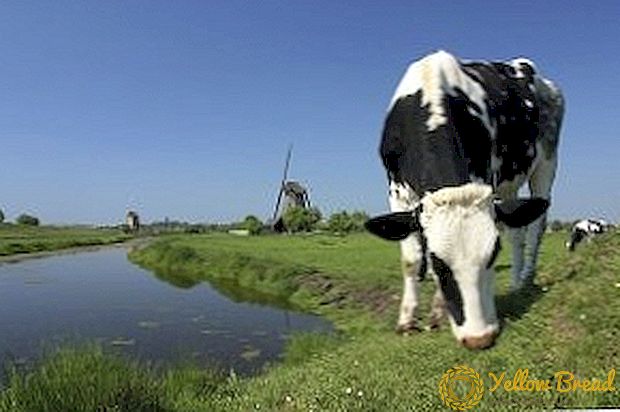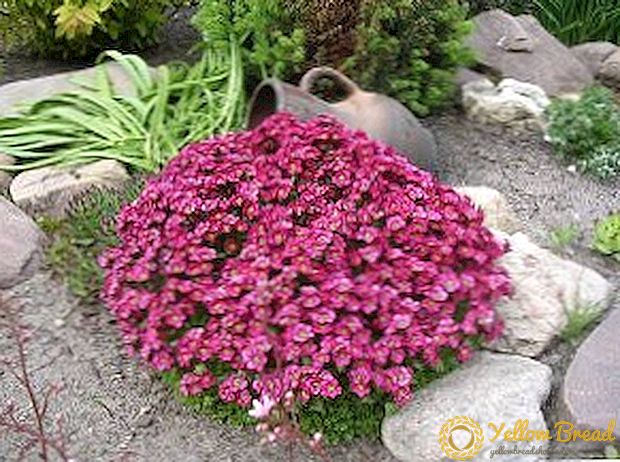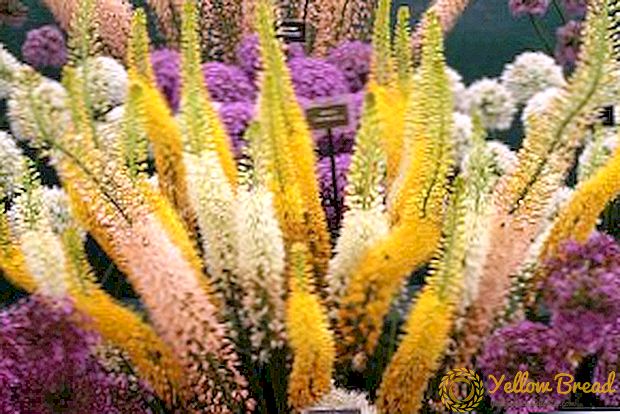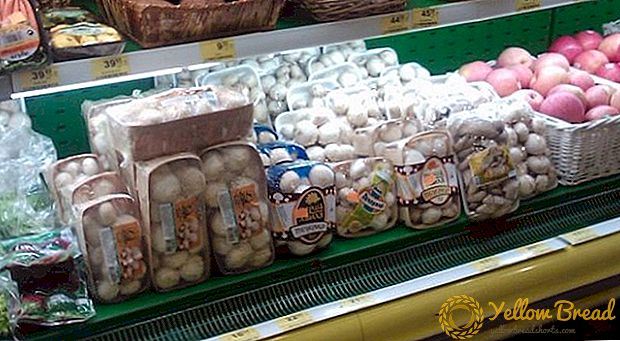 The cow is one of the first domesticated animals. And nowadays this animal is a source of getting both dairy products and meat.
The cow is one of the first domesticated animals. And nowadays this animal is a source of getting both dairy products and meat.
Also this cattle is used for hard work. Cows are kept not only on large farms, but also at home. As with all pets, you need to take care of cows, provide them with a good place for grazing, a warm shelter, and so on. Below you will learn a lot of interesting things about such a breed of cows as the Dutch.
- By what external indicators can you recognize the Dutch breed?
- External description of the Dutch breed:
- What is the productivity of the Dutch breed?
By what external indicators can you recognize the Dutch breed?
 Cows provide humans with milk, which contains calcium essential to humans. The Dutch breed of cows is characterized by high yields. Therefore, cows of this breed belong to the dairy group.
Cows provide humans with milk, which contains calcium essential to humans. The Dutch breed of cows is characterized by high yields. Therefore, cows of this breed belong to the dairy group.
Dutch cattle are among the oldest breeds.
By the name of the breed it can be understood that this cattle was bred in Holland. Since the old times, the cow has been characterized by high yields. Nowadays, several varieties of Dutch breed are bred, the most popular of them is Friesian.
In Russia, this breed of cows was brought under the reign of Peter the Great, and after that the delivery of livestock began. Before the revolution, the Dutch breed was bred by 22 percent of landowners. In Russia, this type of cattle was involved in the breeding of other cattle, the most common is the Kholmogory breed.
 The wide spread of the Dutch breed in Ukraine began in the 1930s.
The wide spread of the Dutch breed in Ukraine began in the 1930s.
High milk yield formed due to breeding work carried out over the years, breeders during these works did not pay attention to the meat qualities of the breed.
The last century was a particularly intensive development of the Dutch breed.
External description of the Dutch breed:
- The height of one animal at the withers reaches 130 centimeters. The mass of a cow is from 540 to 640 kilograms, the mass of a bull ranges from 810 to 1000 kilograms. The weight of one newborn calf reaches 40 kilograms. Slaughter weight is 60 percent.
- The body of the cows is well developed, has strong bones and well-developed muscles.
- The head is dry and slightly elongated.
- The chest is wide enough and deep. The upper back is flat. The limbs of the breed are low.
- The back of the body is flat and wide.
- The skin of the Dutch cattle is elastic and thin, the hair is soft.
- The cows udder is highly developed and has a shape in the form of a bowl.
- The color of the Dutch breed is black and white.

The positive qualities that characterize the Dutch breed:
High milk production, which is 4400 kilograms, the fat content of milk is four percent. There are also cows that set records, with milk yields of over 11,000 kilograms, with a fat content of 4.16 percent.
- Cows of this breed are early, after a birth within six months the cow gains 160 kilograms.
- This breed is the ancestor in obtaining many other known breeds of cows.
- The breed has good meat characteristics.
- Due to the good quality indicators of milk and meat, the breed is bred around the world.
- Dutch cattle tolerate different weather conditions.
- Dutch breed resistant to various diseases.
Negative qualities were present in the breed prior to breeding with it, in our time they have not been identified.
What is the productivity of the Dutch breed?
 Due to careful plant selection and hereditary high productivity, milk production can be explained.
Due to careful plant selection and hereditary high productivity, milk production can be explained.
Dutch cattle belongs to the dairy group. As previously mentioned, the yield from one cow is about 4400 kilograms. There are also cows, which set records that give more than 11,000 kilograms of milk. Milk fat is more than four percent.
Meat quality is also very good. Slaughter yield reaches sixty percent.
In our time, also carried out breeding work. Such work is aimed at increasing milk fat, and increasing protein. In order to obtain an increase in these indicators, scientists have developed a special food for livestock, depending on their weight and age.
 Because of its high productive qualities, the Dutch breed of cows is successfully bred around the world. Based on this breed in Germany bred Ostfrizian breed. In America and Canada breed breed Holstein-Frisians. In European countries, on the basis of this breed is bred black and variegated swedish and Danish. Naturally, each new breed has its own characteristics.
Because of its high productive qualities, the Dutch breed of cows is successfully bred around the world. Based on this breed in Germany bred Ostfrizian breed. In America and Canada breed breed Holstein-Frisians. In European countries, on the basis of this breed is bred black and variegated swedish and Danish. Naturally, each new breed has its own characteristics.
From the history of this breed it is clear that the breed has passed a very long road of formation and formation, that to become such as it is, despite the fact that work on improving the breed is underway, we can confidently say that this breed of cows belongs to the best dairy breeds in the world.






